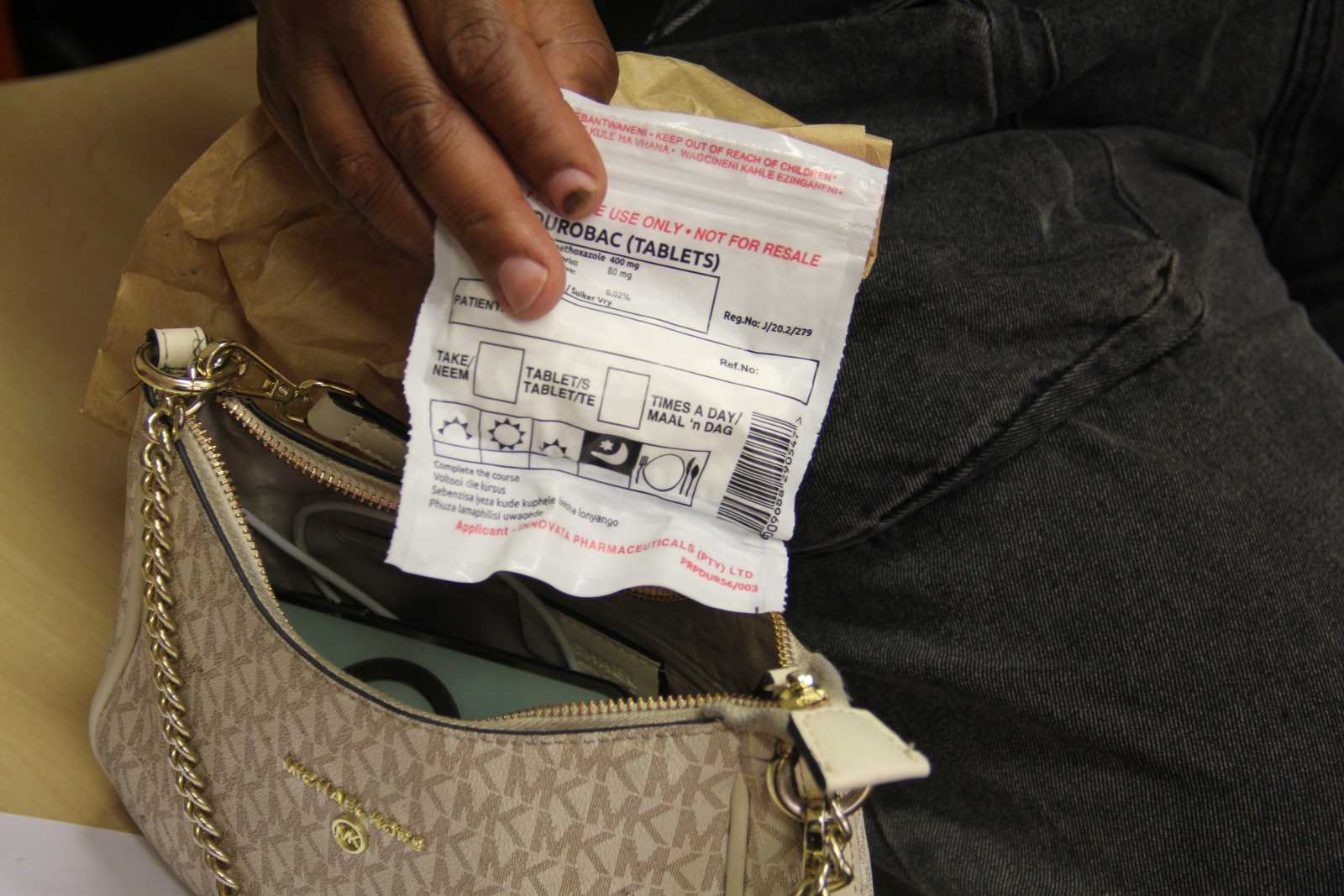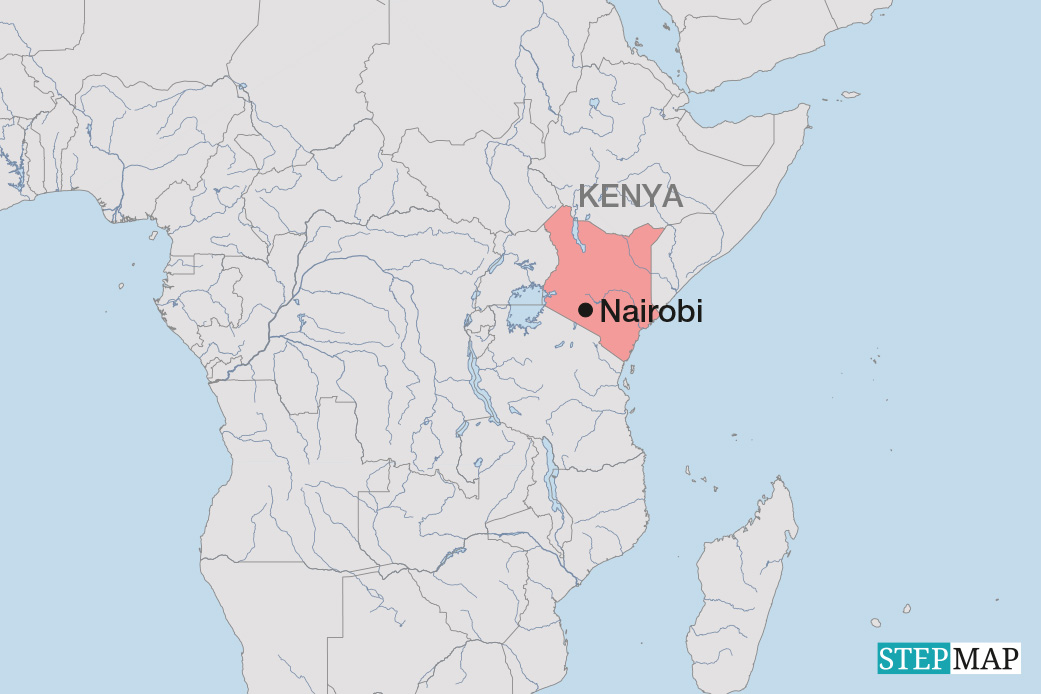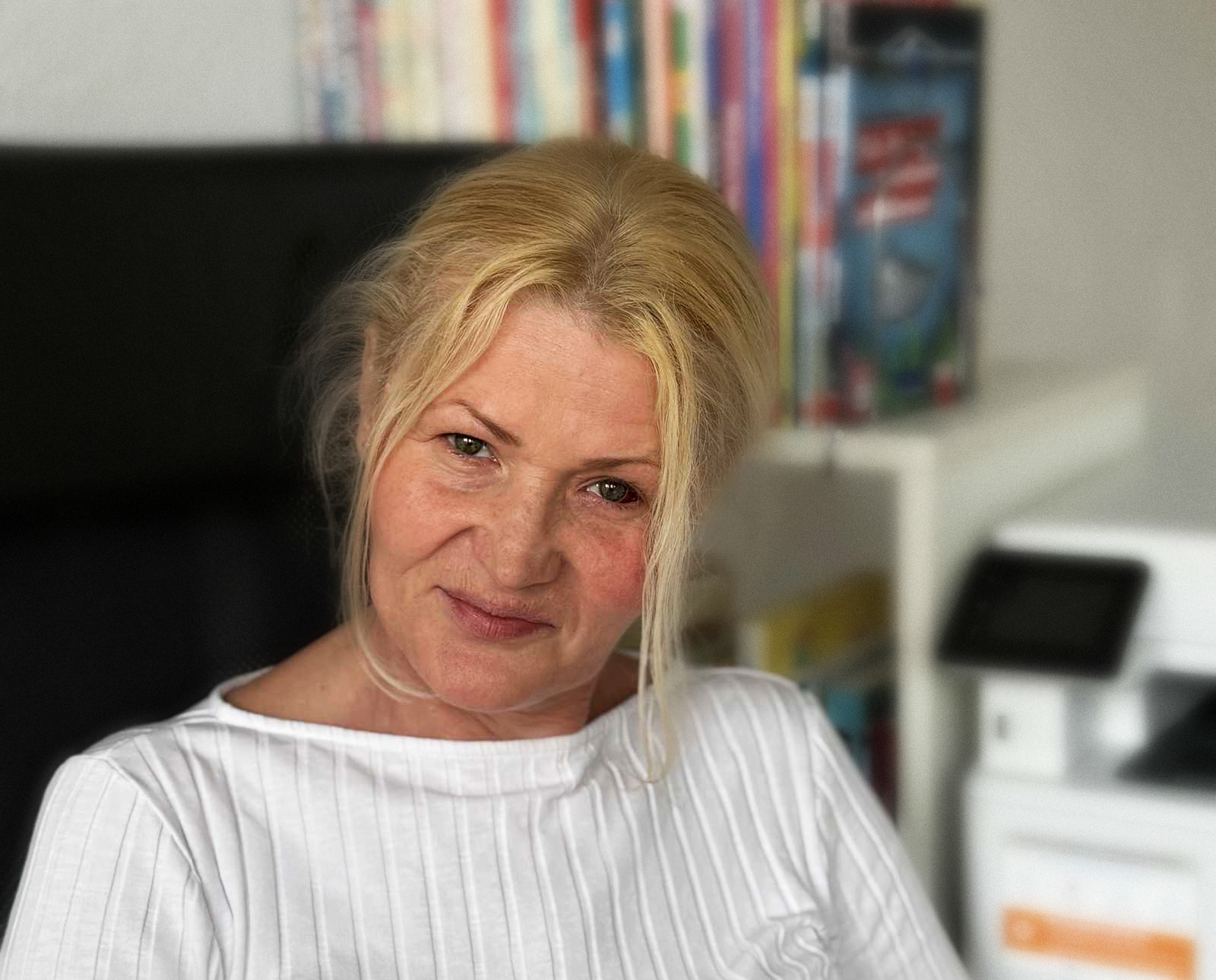Climate protection
Green roof
Green roofs are attractive. "I'm going to do that at home," said an Indian energy expert whose family is currently building a new home. In India, grass on roofs and climbing plants on façades are still a rare sight, as roof greenery is not a standard component of architecture in South Asia. That is unfortunate, as vegetation helps to keep buildings cool without using any energy at all. Moreover, grass and climbing plants require less water than many air-conditioning technologies. Organised by InWEnt in cooperation with the Indian government's Bureau of Energy Efficiency, the information tour showed the visitors state-of-the-art building insulation in Germany.
One centre of Germany’s counter culture, the UFA Fabrik, in the Tempelhof district of Berlin, left an especially lasting impression on the guests. Solar panels and wind turbines are installed on the complex's roofs, and grass grows in-between. Environmental activists have shown that it makes sense to generate solar and wind power in the long run.
The UFA Fabrik’s history is interesting. In the 1970s, the buildings of this former film-manufacturing plant were slated to be torn down. Members and supporters of a counter-culture initiative prevented the demolition by squatting on the property. Their protest remained peaceful, and before long they had an official agreement to use the property. Today, some 40 people live and 200 work in the UFA Fabrik. The complex, which covers nearly 18,000 square metres, continues to draw public attention with its cultural center and "children's farm."
Besides advertising attractions like that, UFA Fabrik’s website also elaborates on the environmental protection concepts. "This is a small low-energy community in the middle of a metropolitan area,” InWEnt’s Michael Schwartzkopff says. "Our visitors were surprised to learn that what is considered state-of-the-art today was basically tried out by a bunch of hippies 20 years ago.” And it still works.
Distributed power
Distributed power from renewable sources would be an excellent solution in India, especially in the country's remote rural areas. After all, it would be too expensive to connect all villages to the grid, and India's Ministry of Power in Delhi knows that. Accordingly, InWEnt’s Indian guests found it encouraging to see that distributed power generation makes sense even in Germany’s capital city.
There has been a serious re-think. In the 1990s, Indian engineers generally were sceptical, considering small, distributed options to be merely "second best". The high cost of oil imports, expensive energy subsidies and the dangerous effects of climate change have made them reconsider the matter. In a pilot phase, the Power Ministry is now setting up micro-grids based on renewables in 1000 villages.
India has passed new laws. The Bureau of Energy Efficiency is cooperating with various bodies of the state governments to implement change. Among other things, the Bureau provides consulting services to government agencies as well as private-sector industries.
Energy-efficient architecture is of core interest. Initially, the focus is on large, energy-guzzling buildings used by government agencies and various companies. Audits are required for hospitals, ministries, universities, production plants and other energy-intensive buildings. Operators of such facilities have to prove that they are taking conservation into account.
The first-hand impressions the 16 guests took home from Germany are valuable. "Our colleagues have gained a new understanding of insulation," Schwarztkopff says. The clue is that insulation not only reduces heating costs, but also cooling costs. Though this fact may seem trivial, it is not obvious. At first sight, different climatic challenges seem to require different technical solutions.
The visitors were also told about German policies to boost energy conservation and climate protection. For instance, the government-owned KfW Banking Group provides low-interest loans to people who implement expensive energy-saving technologies in residential and commercial buildings. The Indian guests wished they had similar options at home. For legal, political, and financial reasons, however, the KfW Entwicklungsbank, the foreign-aid branch of the Group, cannot offer such loans directly everywhere. Abroad, it can only provide support and advice to other banks that want to do so.
Germany's Renewable Energy Act also impressed the Indian visitors. It guarantees minimum payment rates to private households that sell electricity they generate with solar panels or wind turbines to the grid.
Of course, InWEnt’s guests cannot simply copy such policies at home. Doing so will require parliamentary majorities. Politicians and the public need to be convinced. But that is more likely to happen if professionals from relevant institutions understand the issues and promote meaningful policies. And in that context, cooperation among energy experts from India’s many states should prove helpful.
Such cooperation, however, is not to be taken for granted. In their daily business, officials from the southern State of Kerala and the northeastern mountain region of Arunachal Pradesh hardly ever meet. But two energy experts from these two states shared the experience of the 11-day InWEnt trip to Germany; and all participants are likely to stay in touch. (dem)








